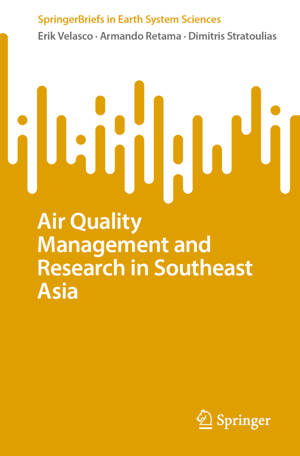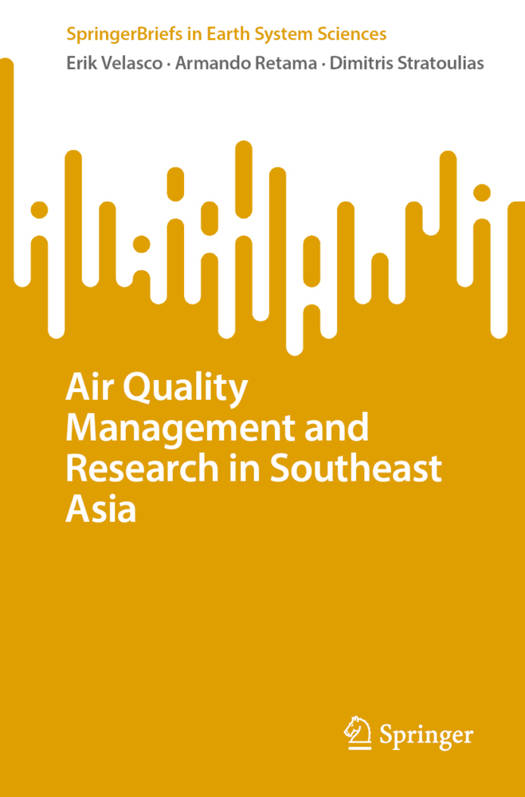
- Retrait gratuit dans votre magasin Club
- 7.000.000 titres dans notre catalogue
- Payer en toute sécurité
- Toujours un magasin près de chez vous
- Retrait gratuit dans votre magasin Club
- 7.000.0000 titres dans notre catalogue
- Payer en toute sécurité
- Toujours un magasin près de chez vous
Air Quality Management and Research in Southeast Asia
Erik Velasco, Armando Retama, Dimitris StratouliasDescription
This book examines the capabilities for monitoring air quality, developing emission inventories, and running chemical-transport models for regulatory, forecasting, and research purposes in Southeast Asia. It also reviews scientific efforts made to better understand and characterize air pollution in the region. Poor air quality poses a threat to public health. It affects people's lives and undermines economic growth, but as in many other parts of the world, it has been overlooked in Southeast Asia. International assessments suggest that it is the culprit of 335-thousand premature deaths in the region each year, entailing a monetary cost equivalent to 6.75% of the regional GDP. Reducing air pollution requires concerted efforts from all Southeast Asian nations to implement local and regional air quality policies following a science-policy approach. For such endeavor, it is essential to develop tools that enable timely and reliable air quality management. This entails collecting data to characterize the magnitude, origin, and impact of air pollution to support corrective actions. The objective of this book is to provide a starting point for a science-based conversation about implementing solutions to Southeast Asia's air pollution problem by bringing together an analysis of the availability of air quality data and studies from across the region.
Spécifications
Parties prenantes
- Auteur(s) :
- Editeur:
Contenu
- Nombre de pages :
- 185
- Langue:
- Anglais
- Collection :
Caractéristiques
- EAN:
- 9783031690877
- Date de parution :
- 02-12-24
- Format:
- Livre broché
- Format numérique:
- Trade paperback (VS)
- Dimensions :
- 156 mm x 234 mm
- Poids :
- 308 g

Les avis
Nous publions uniquement les avis qui respectent les conditions requises. Consultez nos conditions pour les avis.






